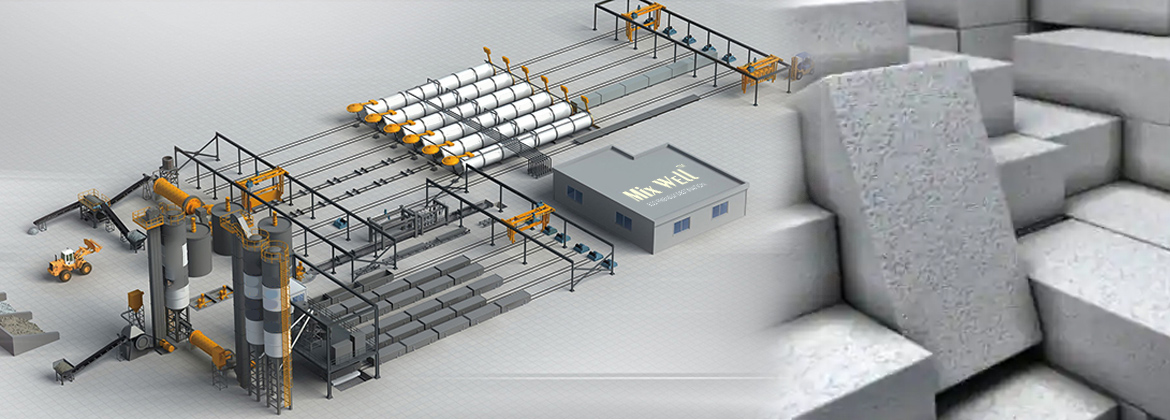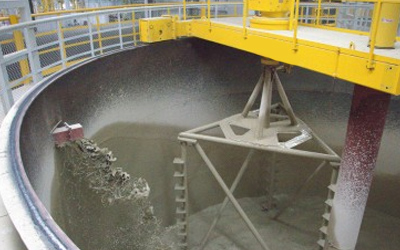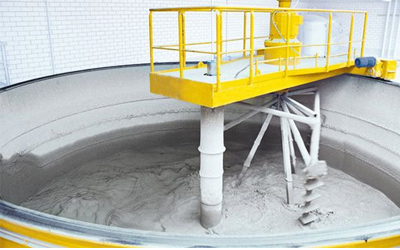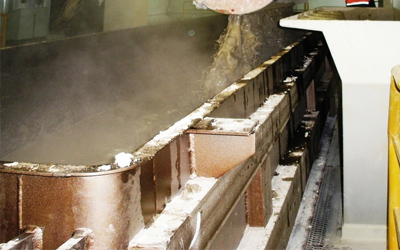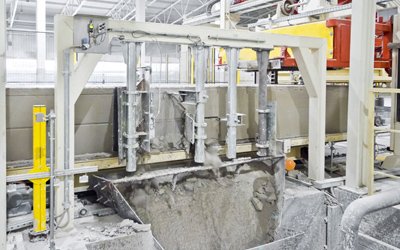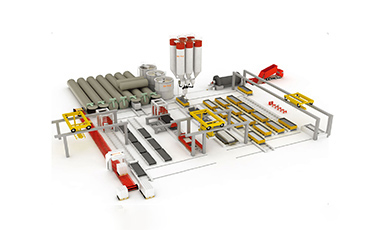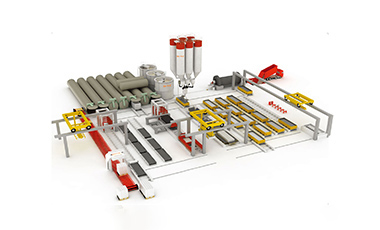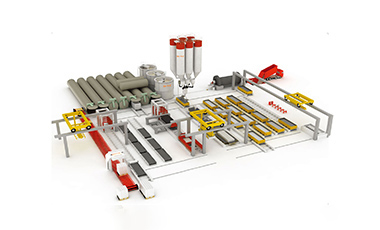AAC products may be used for both interior and exterior construction. Autoclaved Aerated Concrete, also known as AAC, is a green precast building material present in the global market for over 70 years and is extensively used in residential, commercial and industrial construction. AAC is a well-established building material, which has rapidly gained worldwide market share from conventional building materials because of its superior characteristics. It is used for all walls, external or internal, loadbearing or non-loadbearing walls, basement walls, infill walls to framed structures, party walls, fire break walls, etc.
This eco-friendly building material, made from natural raw materials such as: sand (or fly-ash), cement, lime, gypsum, aluminum powder and water. This mix creates an aerated concrete providing insulation, structure and fire protection in one lightweight product.


